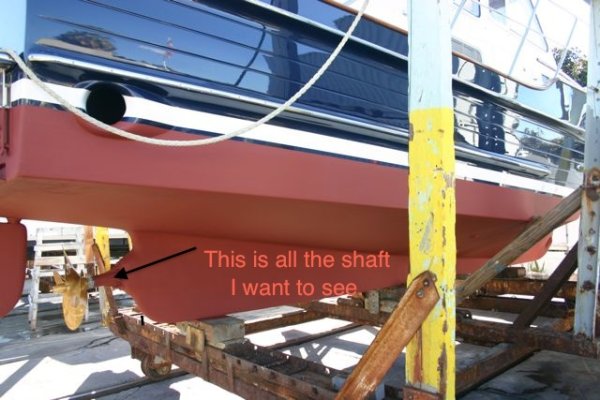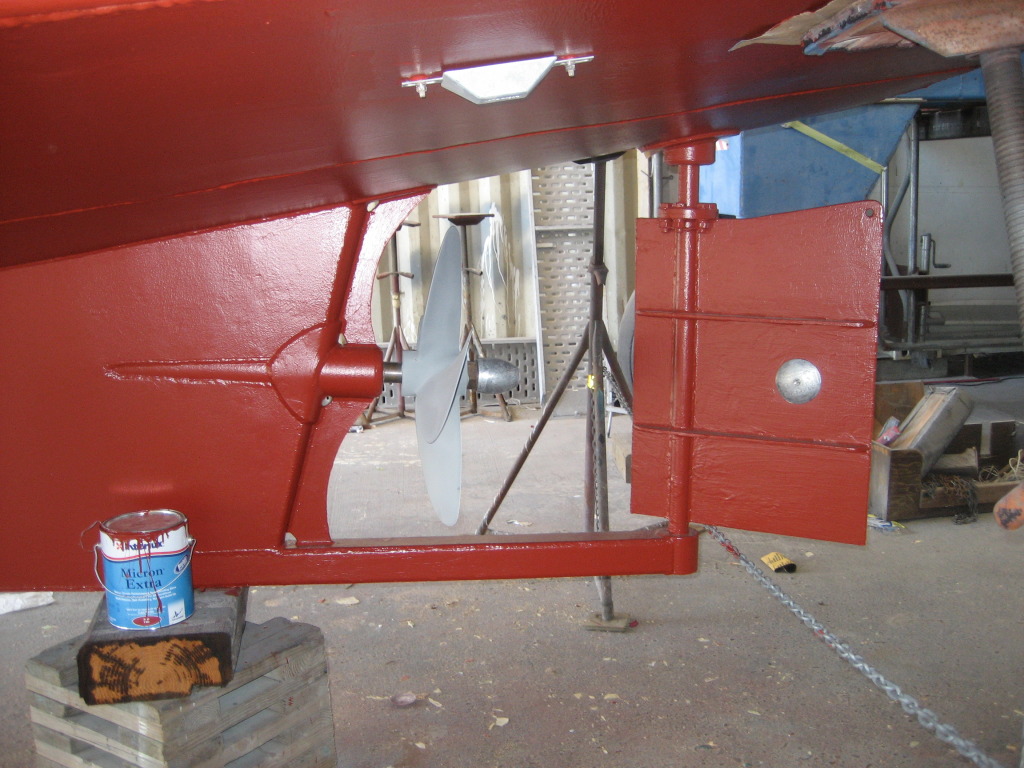I guess I'm late to this....but there was a question to me specifically, somewhere a long ways back.......
There is no better or worse, good or bad, only different answers to every users slightly different requirements. While one person's priority is maneuverability, another's is redundancy, someone else is worried about efficiency, and all are concerned with cost......
In the Gulf of Alaska a big tug with an extremely valuable tow lost power in all four

engines yesterday....now the tow is on the beach.....not sure if that's 300% redundancy but it didn't help.......fuel issues were mentioned....
A number of Nordhavn's have required use of the "get home" or pony engine. The 40' that went round the world used it a couple of times, once for a cooling/wet exhaust issue......A 62' used theirs on a crossing from US West Coast to Tahiti, and found it could not quite keep the bow into wind and big sea while they dealt with a cooling/wet exhaust issue. A bit scary and Nordhavn upped the pony size after that......
A single engine/shaft/prop will cost less to install, is lower drag and deeper draft, and a single larger prop turning more slowly is more efficient than smaller diameter props turning faster......For the ultimate in propulsion efficiency see the Marco Polo line currently produced by Cheoy Lee.....one big multi-bladed prop turning very slowly with twin rudders outside it (for prop protection).....
But the single offers zero redundancy....this is not acceptable to some folks. Some are okay with the pony engine concept. A small engine with it's own shaft and folding (for low drag when not in use - 99% of the time) prop....no rudder....Hummm? What are the statistics on steering failure? Auxiliary steering gear is of prime importance in the commercial boat and ship world......Again see the Marco Polo, two rudders (100% redundancy).
In my experience, if an engine is left to sit idle all it's life, it will fail when asked to operate under heavy load in some desperate situation.....So my take is that if you must have some redundancy, use it every day to be ready for that failure you know is coming.......This is why I conceived the use of smaller twin engines in my Passagemaker Lite series......Since the original we've gone smaller (the 39') with a single engine, to suit a particular client.
All my personal experience, including month long fishing trips offshore, have been in single (propulsion) engine boats. In thousands of hours and lots of breakdowns of various types, the only time I've been towed due to engine failure was with an old 60HP Mercury outboard when I was 17 years old.....







